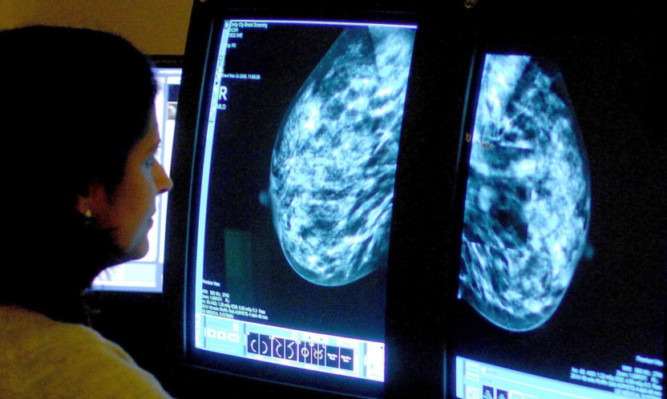A study of more than 3,300 Tayside women suffering from breast cancer has found those failing to take their full medication have a higher risk of dying.
The anonymised medical records of patients who were prescribed tamoxifen or aromatase inhibitors after their initial treatment between 1993 and 2008 were analysed by scientists at Dundee and Glasgow universities.
It was found that at least half of those prescribed a five-year course of anti-hormone treatment either stopped taking it or took a markedly lower dose from the third year onwards.
Women who took less than 80% of the pills they should have were found to be at a higher risk of having their cancer come back and also at a higher risk of dying, compared to women who took more than 80% of their prescribed dose for the full five years.
The study was led by Breast Cancer Campaign-funded researcher Dr Colin McCowan.
Tamoxifen and aromatase inhibitors are the standard treatment for patients with the most common type of breast cancer, oestrogen receptor positive, which accounts for around four-fifths of the 50,000 women diagnosed with the disease each year in the UK.
Dr McCowan and his colleagues found that during the first year of treatment women collected, on average, 90% of their tablets. Over the next three years this figure dropped to 82%, 77% and 59% respectively.
By year five half of the women were collecting 51% or less of their prescription.
Dr McCowan said: “This study shows us that it’s vitally important that breast cancer patients across the UK follow their prescribed treatment regimes on a daily basis for the full five-year period.
“We’re now looking at why women are finding it harder to take medication for extended periods of time and we do know that side-effects can be a real issue for women on long-term treatments such as tamoxifen.”
Baroness Delyth Morgan, chief executive of Breast Cancer Campaign, said the findings were hugely worrying.
“We need to give women clear, helpful and timely communication as well as the best clinical support we can, to find ways to manage what can often be extremely difficult side-effects and make it easier for them to continue to take treatments.
“Taking tamoxifen for 10 years has recently been recommended as one of the ways to prevent more breast cancers returning and reduce the chance of women dying, so it’s going to be even more important to help women to take drugs for longer periods of time,” she said.
